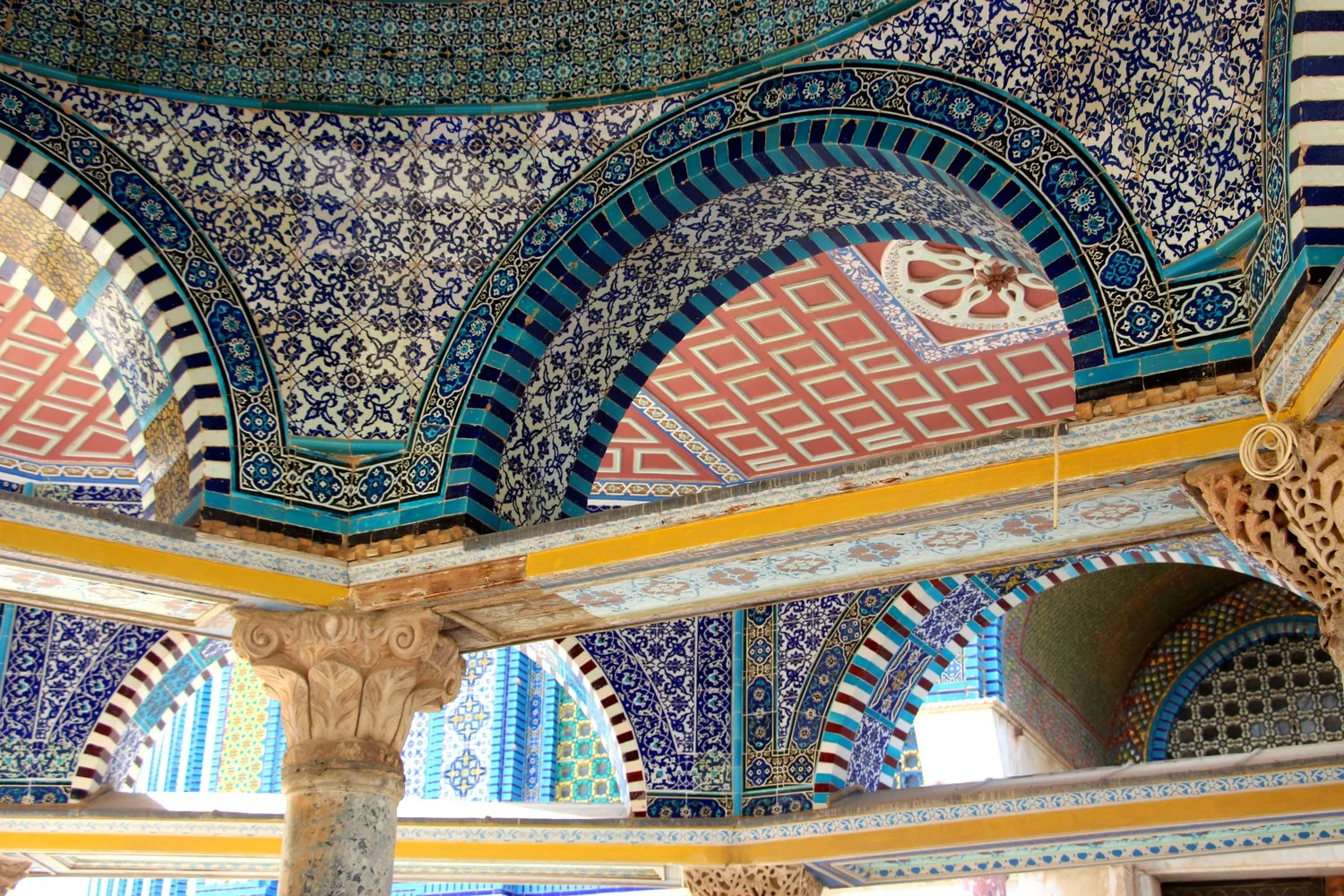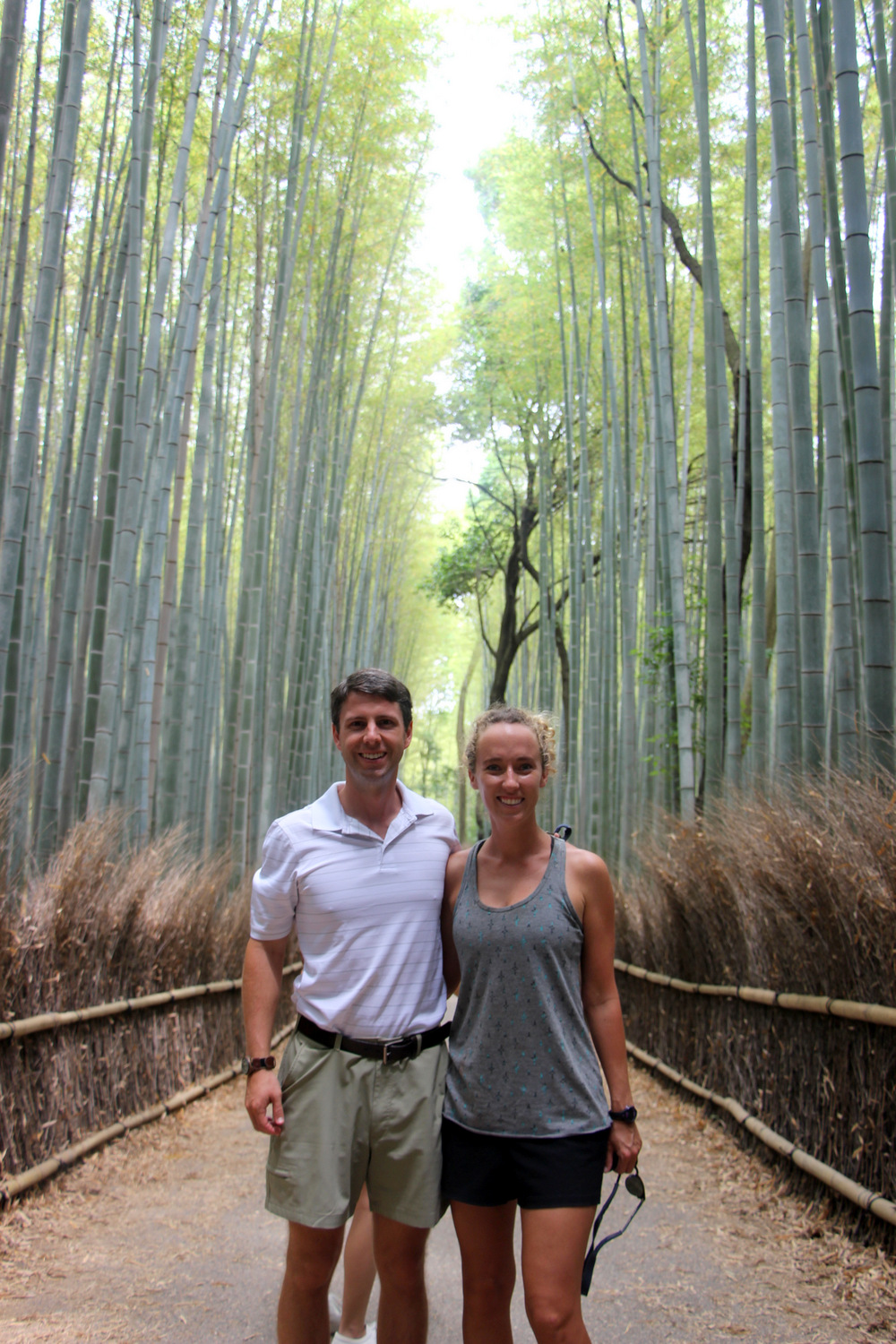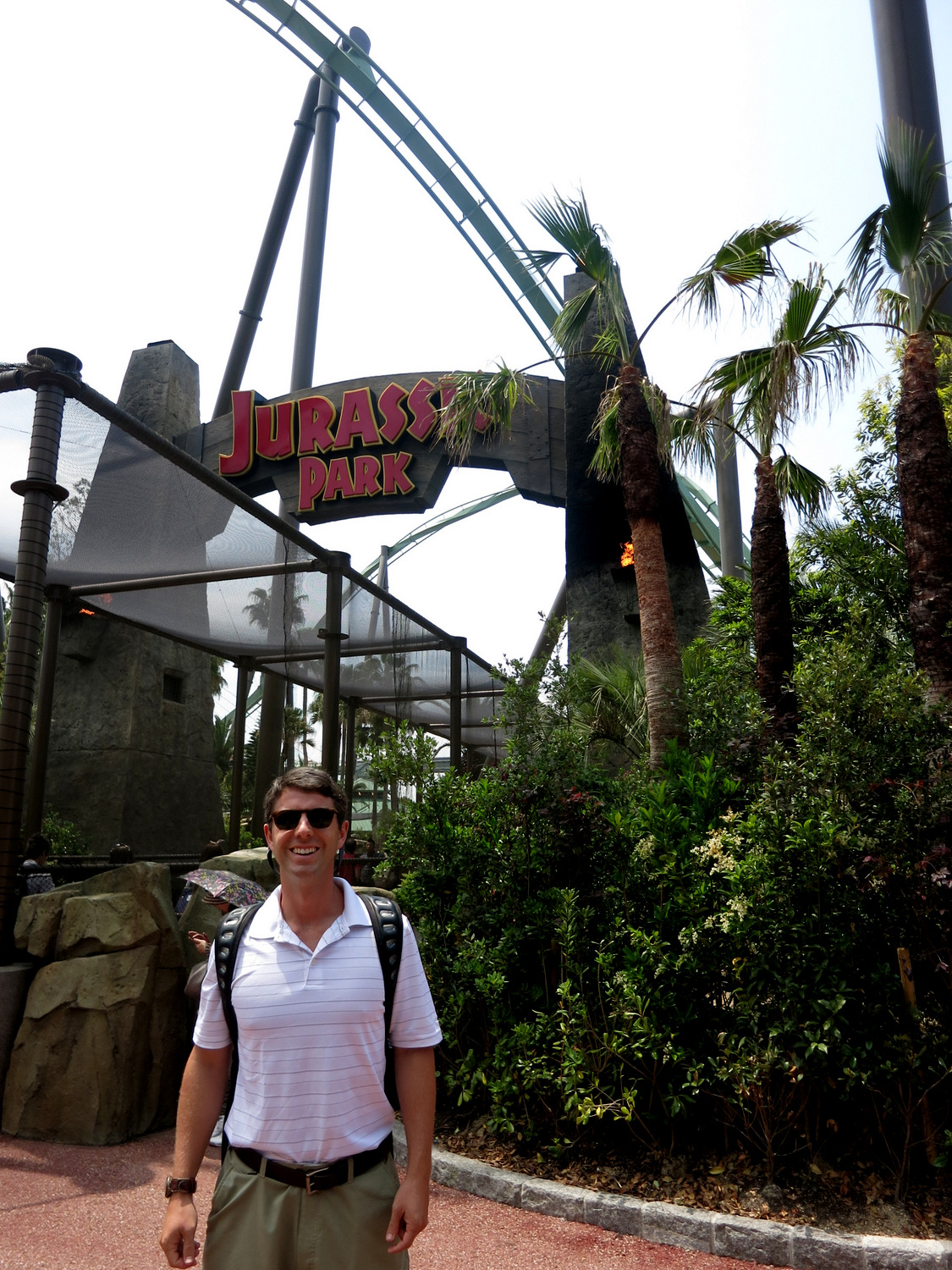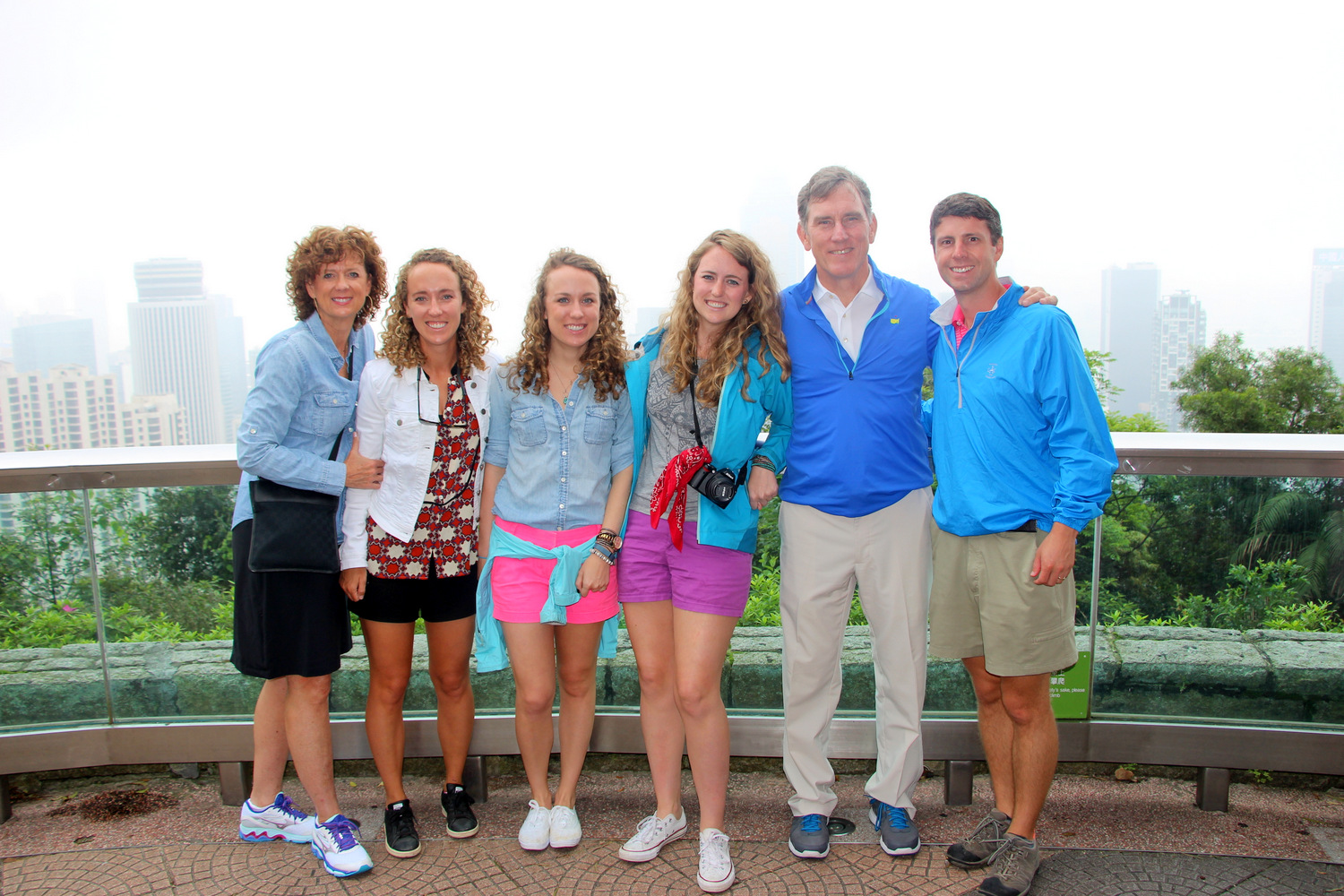“People traveling here are either searching for something or running from something.”
-Ryan Millar, our friend in Laos, on SE Asia backpackers
“I want to be sick of massages by the time we leave Asia.”
-Ryan. We were successful!
“The problem with staying in a beach hut is that if you’re inside and can’t see the beach, you’re just staying in a hut.”
-Blakely
“I think the bus drivers and masseuses are in business together.
-Ryan
“There is nothing better than being believed in.”
-Blakely, after her first Huffington Post article was published
“Hush your mouth, and give me Park Avenue.”
-Blakely, angry with Ryan when he started saying ways Singapore is better than New York
“I hope there’s a bathtub at the Taj Mahal Palace. We need to wash some clothes.”
-Ryan
“Enjoy your Tour of Pakistan!”
-The head of Damodra Camp being sarcastic as we drove off for our dune tour
“No. Yoga is trying to get your pants on, while wearing flip flops, in the shower, without letting a pant leg or your feet hit the floor.”
-Blakely on skills acquired on our meditation/yoga trek up to ABC
“To make a Nepali child sleep by themselves is punishment.”
-Anka (our 3rd hiking member), who volunteered at an orphanage in Nepal before trekking with us
“Don’t hurry. But be quick.”
-What our Nepali guide Chandra would always say when he wanted to get us moving
“I’d like to think I’m a reasonable feminist. For instance: I don’t mind when a man we’re talking to won’t speak to me. I’m an exceptionally beautiful woman. I’d be scared to speak to me too.”
-Blakely
“I won’t pretend that wasn’t a blow.”
-Us whenever something bad happened





























